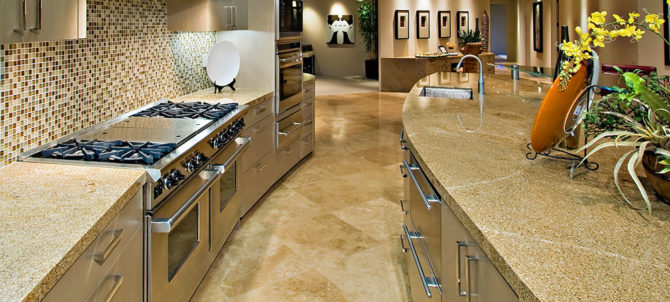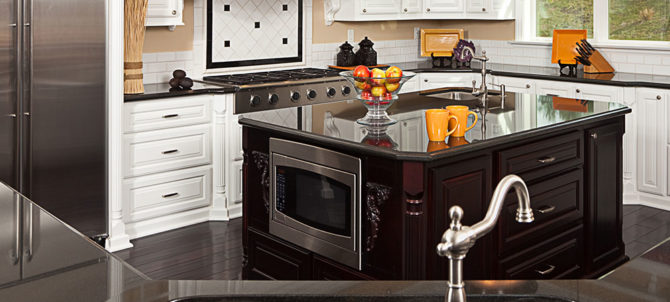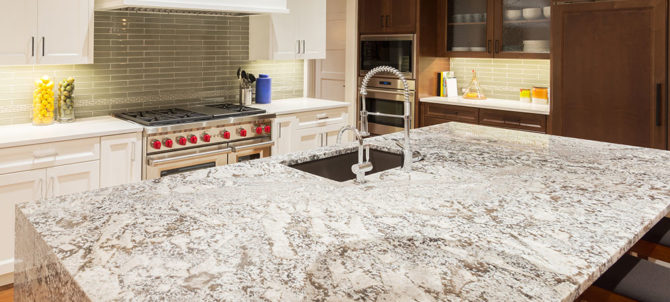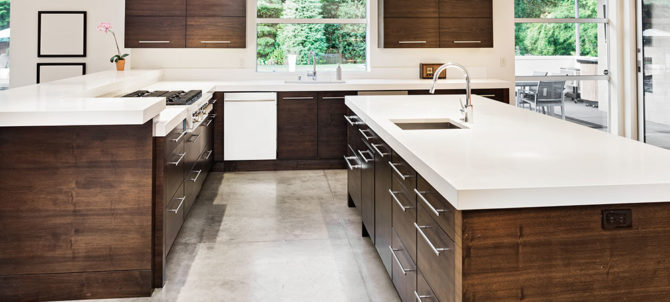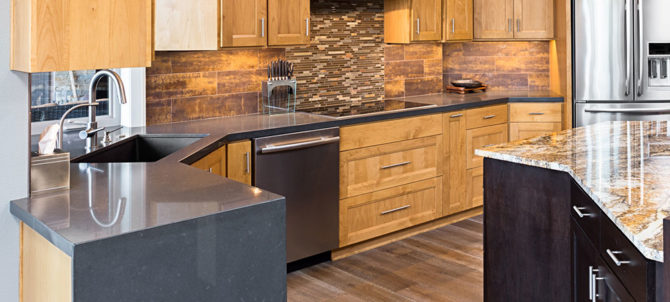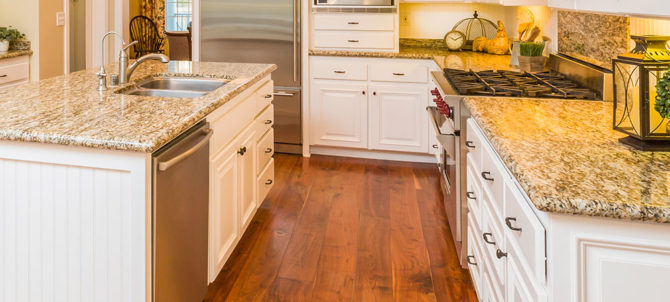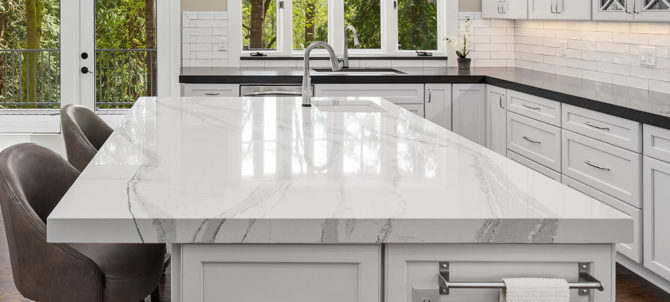
There are numerous benefits to having clean kitchen countertops. When these flat surfaces are clear and pristine, they enhance the overall attractiveness of the kitchen while also providing ample area for food preparation, cooking, baking, and cleaning.
Furthermore, having less clutter on your counters means having fewer things to manage and spending less time looking for what you need.
The reality is that kitchen worktops tend to gather unwanted home clutter, thus maintenance may appear difficult. However, there are simple suggestions that can help you clear your countertops and keep them in peak condition. These suggestions include:
Establish rules for maintaining clean counters.
- Establishing and communicating a few rules will help everyone in your household understand what should and should not be on your kitchen counters. Here are some regulations that you can enforce.Return objects to their proper locations.
- Always put soiled dishes directly into the dishwasher or sink.
- Make sure to disinfect the counters every evening before going to bed.
Add storage solutions
You should keep your worktops clutter-free by adding more storage space around your kitchen. For example, to hang your knives, add magnetic strips on your backsplash.
Install a storage unit or wall-mounted racks to organize your cookbooks, stand mixer, seasonings, and cleaning supplies. Adding hooks and a pegboard allows you extra storage options.
Maximize the drawer and cabinet space
To keep your kitchen counters uncluttered, use your cupboards and drawers to store as many items as possible. Install hooks inside and outside your cabinets to optimize space for items such as measuring cups and cutting boards.
You can even place a paper towel rack underneath a cabinet to keep your paper towels off your counter.
Get rid of unnecessary items
Removing items you no longer need or want can surely make your counters look cleaner. To begin the decluttering process, remove anything that is nonfunctional or unimportant. Then, gradually minimize the amount of items until you are left with only the necessities.
One of the most common causes of clutter is the tendency to pack too much stuff into too little space. When you do it, it becomes harder to store, locate, and access items. As a result, you fear putting things away and find it more easy to leave them on the counter.
Typically, the kitchen is cluttered. You have cupboards, shelves, and drawers full with kitchen tools, gadgets, stuff you thought you needed, and goods you bought just for one usage.
If keeping your kitchen counters clear is a problem in your home, this is the most crucial thing you can do. Remove any items that you no longer use. And save objects that are used fewer than three times per year somewhere else.
Relocate anything that doesn’t belong
Kitchens are infamous for becoming storage rooms for a variety of odds and ends. Unintentionally, they become the storage location for a variety of items, including mail, children’s homework, purses, keys, and nearly everything in your rubbish drawer.
Find a new suitable home for each item then, adjust the culture in your home to allow them to remain there. Consider your kitchen to be a department store’s customer service area; goods may enter but rarely remain.
You can also apply this concept to products you already have in your kitchen, such as televisions, radios, phone books, and so on.
Keep appliances out of sight
If your counters are consistently messy, it’s likely that you keep a lot of daily-use goods there. Most people frequently keep these items on countertops for convenience’s sake; however, these objects spend significantly more time as clutter than as necessary tools for meal preparation.
For example, if you make toast every morning for breakfast, it will take around 3 minutes to toast the bread. After then, the toaster will remain idle for the next 23 hours and 57 minutes. You utilize it far less than you realize.
Rather than allowing these gadgets to take up counter space and cause distractions, locate them in an easily accessible spot. For example, you can keep the toaster, coffee machine, and teapot in a cupboard adjacent to the outlet.
Finish all unfinished tasks
When a counter is clean and neat, it motivates you to put things away. Cluttered counters invite more clutter. Unfinished tasks create a cluttered environment.
Granted, some projects take longer than others, but many culinary tasks (cleaning dishes, wiping counters, returning used objects, and so on) may be accomplished immediately before leaving the kitchen.
For the best results, complete a task in less than 2 minutes. Finishing duties will greatly improve your attitude the next time you go in.
Change the convenient fallacy
The myth of convenience is a major reason your kitchen worktops remain messy. Most people keep things in plain sight because they believe it makes their kitchen more functional. As a result, the counters overflow with baking supplies, knife racks, cutting boards, and coffee mugs.
And, while it may be more convenient to have those items immediately available when needed, many people rarely consider the numerous conveniences they sacrifice by storing them there.
Many move them each time they wipe the counters. They give up valuable prep space while they cook. When you enter the room, the items fight for your attention in a subtle way.
Have a designated home for all of your appliances
One of the most important tasks in organizing and maintaining a countertop clutter-free is to assign a fitting place to each object.
Set aside drawers for silverware and cookware; cupboards for plates, containers, and small appliances; and closets/shelves for food and larger, less-used items. After doing this, you’ll find it extremely easy to keep your surfaces in top shape.
Parting shot
The simplest way to keep your granite countertops Raleigh or any other countertop surfaces clutter-free, is to add more storage space around your kitchen. For example, to hang your knives, add magnetic strips on your backsplash.
Install a storage unit or wall-mounted racks to organize your cookbooks, stand mixer, seasonings, and cleaning supplies. Adding hooks and a pegboard allows you extra storage options.
If you are having a problem keeping your surfaces clean and organized, it’s always a good idea to hire a professional to help you with the planning.
